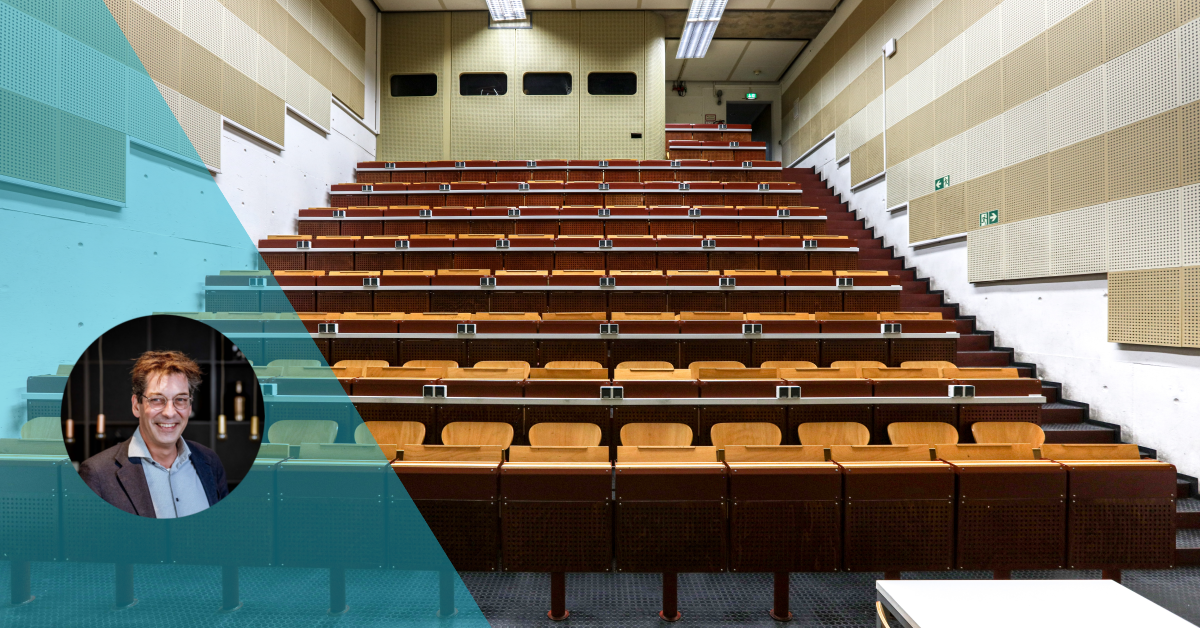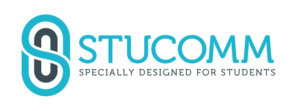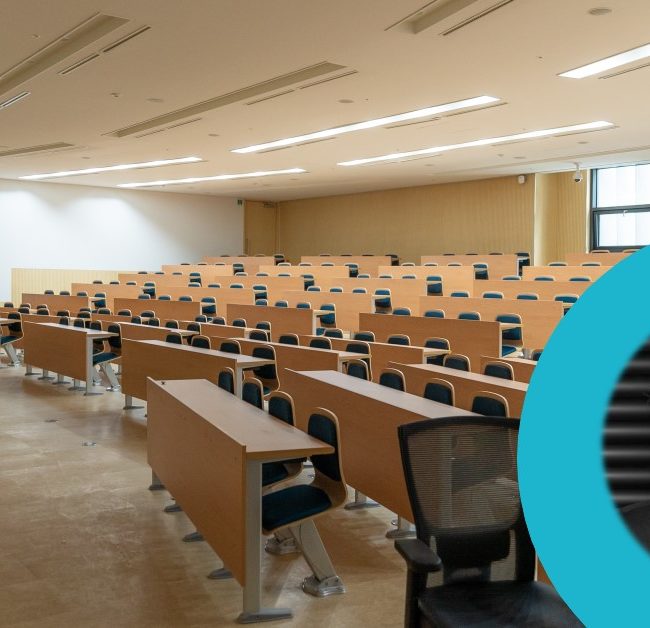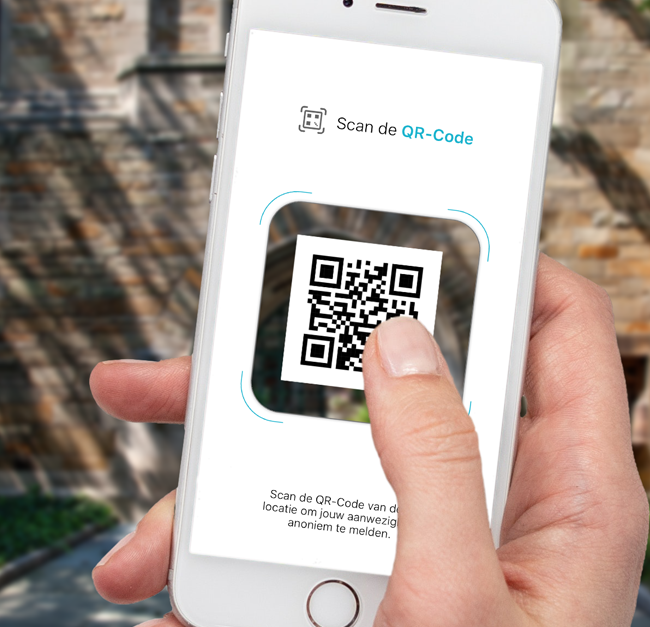
Inholland University of Applied Sciences: “Campus Sign-In provides insight into the use of space”

IT Development Manager
Inholland University of Applied Sciences
Due to the COVID-19 outbreak, educational institutions have had to take action. While in the beginning, education was moved all online, in The Netherlands students are starting to be welcomed onto campus again. This brings with it various challenges such as overcrowding and keeping social distancing, especially if more students are on campus from September. At Inholland University of Applied Sciences, the Campus Sign-In feature will help tackle these challenges.
Jelgar de Wilde, IT Development Manager at Inholland University of Applied Sciences, explains how they have implemented a variety of different measures to ensure the health and safety of both students and staff, in addition to working on new measures. “We want to offer in-person education, but it has to be done safely”, states De Wilde. “There are walking routes in buildings, sanitising facilities at all entrances and signs about how to use rooms and workplaces. We will not be actively invigilating, but instead will provide our students with the means to ensure their own health and safety.”
Overcrowding on campus
About a month ago, the facilities department came to De Wilde with a question. “They wanted to find a way to gain more insight into the movement within our buildings and spaces, which was essential to pass onto the government and public transport authority. I discussed the matter with StuComm and after brainstorming together we came up with the Campus Sign-In feature. This allows students to check-in on campus and at specific locations on campus, using the app they already use for receiving all their information related to their studies.”
As some of the regulations have changed recently in The Netherlands, it has also changed the main purpose of the Campus Sign-In feature. “These changes have shifted our focus, but do not have any effect on the added value of the Campus Sign-In feature. This feature will give us insights into how the space we have on campus is being used, apart from obvious safety reasons.”
According to De Wilde, the main advantage of the Campus Sign-In feature is the fact that it is part of the StuCommApp. “Students carry the solution in their pockets. If you would choose a WiFi-solution, that would be different. It is less accurate because of the amount of devices students use. With the Campus Sign-In feature, we show students what we are doing to protect their health and they are actually part of the solution. Furthermore, there is a lot of potential in the future development of this feature and we are able to experiment with other solutions alongside it.”
Endless possibilities
De Wilde believes there is a lot of potential for further development, with regards to (but not limited to) attendance registration, exam registrations and servicing students better. “We want to research how the Campus Sign-In feature can be used to improve student engagement. It also allows us to better service our students. By gaining insights into the attendance of students, you can start the conversation about the reasons why certain students are not present at certain times.”
“By integrating the feature with our digital student card, it would also be possible for students to register their attendance at exams by scanning a QR-code, instead of having to write their signature. There is a lot of possibilities and I look forward to researching and experimenting with these in the future”, concludes De Wilde.
Want to learn more about the Campus Sign-In Feature? Reach out to Luke Billings!






